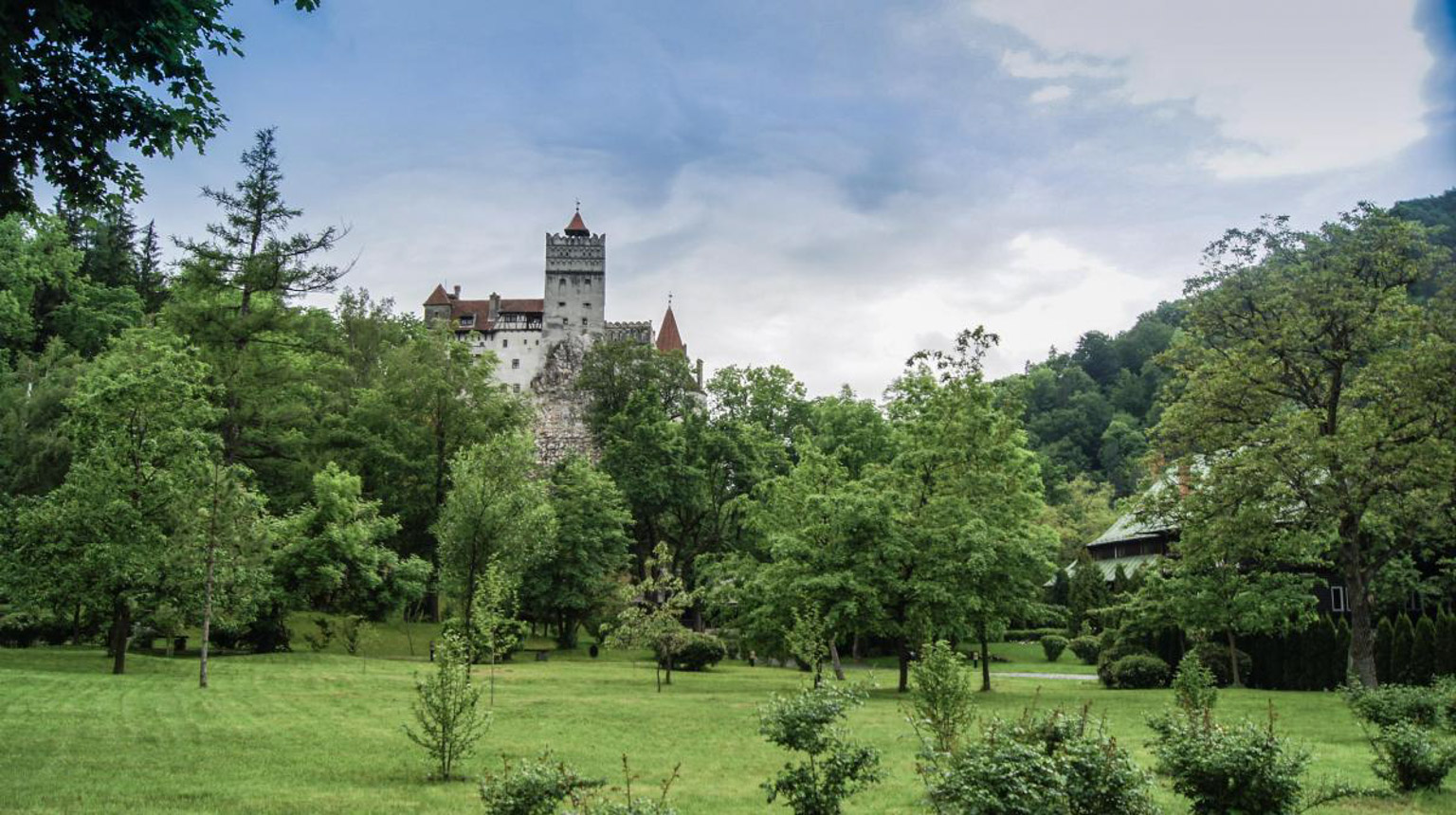Built in 1377 by the inhabitants of the Brașov fortress, Bran Castle is a remarkable architectural monument, having both military and administrative functions, replacing an older fortification from the 13th century. Below the castle, there is a chasm called the Hill of Forks, used to throw those found guilty of crimes. In the past, punishments mentioned in the documents included 24 lashes for guilty women and 24 lashes for unruly men.
Throughout its history, the fortress had a crucial role in overseeing commercial traffic between Brașov and Wallachia. However, in 1836, the economic mission ended with the move of customs from Bran to Giuvala, located approximately 18 km to the south. After the First World War, the fortress was donated to the royal family by the Brașov authorities, becoming the royal summer residence until 1947.
Configured with an irregular plan, the building complex of the fortress includes an advanced defense post, consisting of two rows of walls that closed the passes to the south and an enclosure wall, built of raw limestone, crossed by embrasures, arranged on three levels . The keep on the north side is distinguished by its 7 levels compared to the 4 of the rest of the building, comprising only two rooms on the 4th and 6th floors, connected by a narrow wooden staircase to the observation post on the roof. In the inner courtyard, a well dug into the rock reaches a depth of 57 meters, and access to the two cellars is also there.
The current appearance of the buildings was configured in the period 1920-1930, when modifications were made according to the designs of the architect Simon Karl. During that time, two stair towers were added, portholes were turned into windows, stoves and hearths became dormers, and the fortress well, covered at ground level with a concrete slab, was turned into the elevator house.
Starting with 1957, Bran Castle became a museum of feudal art, housing Romanian and foreign pieces from the 15th to the 19th centuries. Visitors can explore rooms with furniture in the Renaissance and Baroque styles, a room dedicated to oriental pieces, others with furniture in the Rococo style, as well as the four-poster room from the last period of the Italian Renaissance, together with various wooden sculptures dating from the 15th century lea etc.
In the immediate vicinity of the castle, near the main entrance, there is the open-air ethnography section of the museum, where you can admire authentic works of rural architecture: houses, mills, shops and other buildings collected from the surroundings and reconstructed with great fidelity. During the holidays, the museum offers visitors vivid illustrations of the material and spiritual way of life of the inhabitants of the Bran villages, through folklore shows, pottery production demonstrations, etc.
Chamber music recitals, poetry performances and plays were held at regular intervals in the castle halls.
In front of the castle, in the park next to the road, there is the bust of Ion Pușcariu, made in bronze and placed on a stone plinth, a creation of the sculptor Mățaoanu.
Ion Pușcariu (1824-1912) - a fighter for the national cause, he published various historical studies, which brought him in 1877 the status of an honorary member of the Romanian Academy.
Source: Bucharest-Brașov on variants (Ministry of Tourism, 1976)



